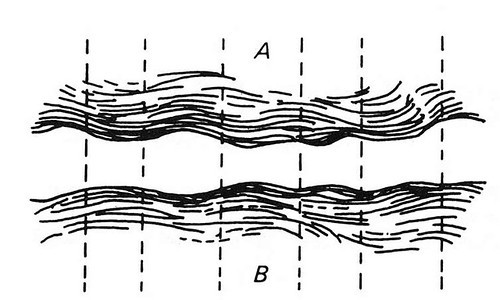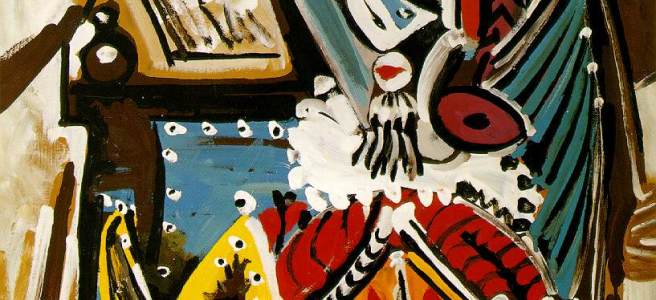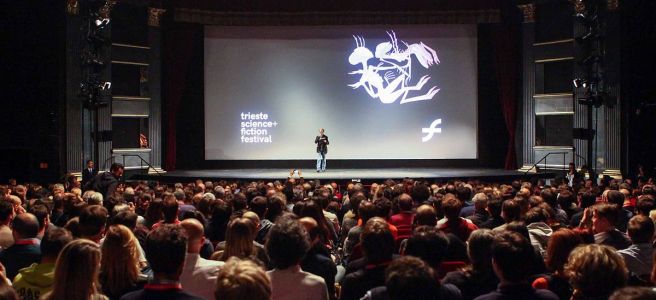One challenging aspect of the UFO / Entity Encounter phenomenon is its protean variety. The ever-new sizes and shapes of UFOs have frustrated attempts to catalogue and schematize them, to the point that skeptics have pointed to this characteristic as proof the phenomenon lacks objective reality. Likewise, the equally wild diversity of related entities, whether apparent Extraterrestrials (ETs) , Bigfoot, Elves and Faeries, the Blessed Virgin Mary, etc. has been used to argue for their subjective basis in the theorizing of, e.g., Jose Caravaca.
A little reflection, however, introduces a dialectical complication: if UFOs and entities vary so much from one another that each sighting or encounter is radically, singularly different, how is it possible that any of these phenomena are experienced as UFOs, ETs, Sasquatch, Faeries, angels or demons, etc. in the first place? How to square the tension between the undeniable theme of sameness in the equally observable variation from encounter to encounter? The structuralist linguistics provisionally set forth by Ferdinand de Saussure that inspired the later development of semiology and semiotics is suggestive in this regard.
In attempting to put linguistics on a scientific basis, Saussure made a number of salient distinctions. The phenomenon under investigation was first divided into what in French are termed parole and langue, usually translated as speech and language. Parole or speech is the empirical, sensuous aspect of language, while langue or language is the abstract system of rules that underwrites the possibility of the sounds, marks, and gestures of parole functioning as a language, as meaningful, in the first place.
Language-as-linguistic-structure is composed of signs, from phonemes or graphemes to syntagma (but not, curiously, words), and the rules for their combination and mutual interchangeability (replacement). What is essential to Saussure’s account is that speech (parole) is concrete, sensuous, empirical, while language (langue) is abstract, conceptual. The sign is a unit composed of two parts, a signifier and a signified (which is where a tradition of fateful misunderstanding arises that flows down to the present, wide and deep…).
When I hear or read a linguistic utterance, an instance of parole, what Saussure termed a phonic or graphic chain, I must hear or read it as a sequence of signs (the sounds of a language (phonemes), the symbols of a written language, etc.). Empirical reality, however, as philosophers have reminded us since before Plato, is, in the words of William James, “a bloomin’, buzzin’ confusion.” No phonic chain is ever acoustically the same from instance to instance: it’s louder, softer, faster, slower, etc.. For an utterance to function linguistically, an auditor must make an educated guess as to its significance (“Was that ‘catch’ or ‘cash’?”), i.e., posit a signified, a concept, which invokes the recognition of a linguistic type (a signifier) whereby the empirical, unrepeatable phonic or graphic chain of parole becomes an instance of a sign or combination of signs, whereby understanding (meaning, semantics) becomes possible at all. Saussure’s fundamental insight here is that were language only its sensuous, empirical, nonrepeatable aspect, then language as we in fact experience and speak it in its characteristically iterable structures would not exist.
The analogy to the problem of the protean character of the UFO and entities, how they can both differ radically from encounter to encounter yet still present sufficient consistencies to be recognized as this rather than that at all, is (perhaps) clear. Individual sightings and encounters, like the particular perception of any empirical particular, whether the cats in my neighbourhood or the sounds out of my partner’s mouth, will always be different, akin to parole. However, for them to enter experience at all, as Misster Kitty, the words “I love you”, or Sasquatch emerging from a flying saucer to abduct a calf with its pet Chupacabra, they must be subject to an interpretive, conceptual process, analogous to the functioning of langue.
The empirical differences between sighted UFOs and entities encountered speaks against a unified reality underwriting them no more than the sensuous variegation of parole mitigates against langue, that system of concepts (signifieds) and schematic “images” (signifiers), which underwrites the very possibility of the apprehension of speech as such in the first place. This analogy, furthermore, speaks to the potential possibility of a semiology of UFOs or entity encounters, an approach that, suspending questions of the ontology of what is meaningfully perceived, focusing on the conditions for that meaning in the first place, would be amenable to either a realist ufology (e.g., especially that proposed by Jacques Vallée) or a purely sociological one concerned with the strictly, “fictional” mythological significance of the phenomena in question.




